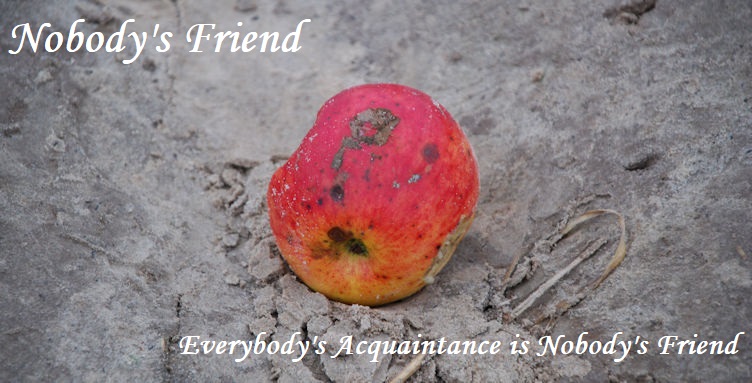
Pictured: A typical happy Englishman. He possesses neither flat hat nor whippet, but the cheerfulness of the Englishman in a tight corner is legendary.
A happy St. George's Day to all my reader!

St. George battles the Dragon, medieval church graffito at Marsham, Norfolk. The "fringe" at the bottom of the Dragon may show it is a mummer's costume, or it may just be a bit badly drawn.
It is also probably Shakespeare's birthday (the baptism was recorded, not the birth date) but I have had enough for today of being happy or wishing happiness to others.









